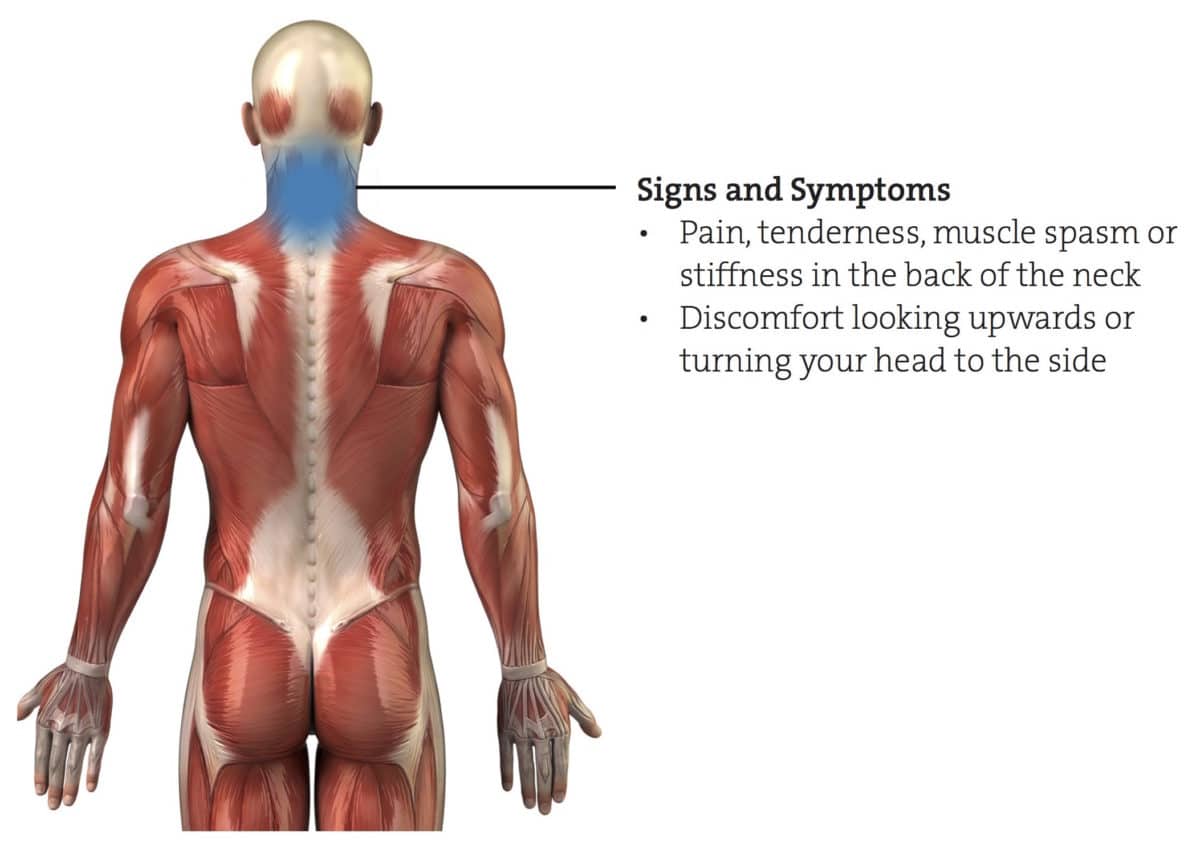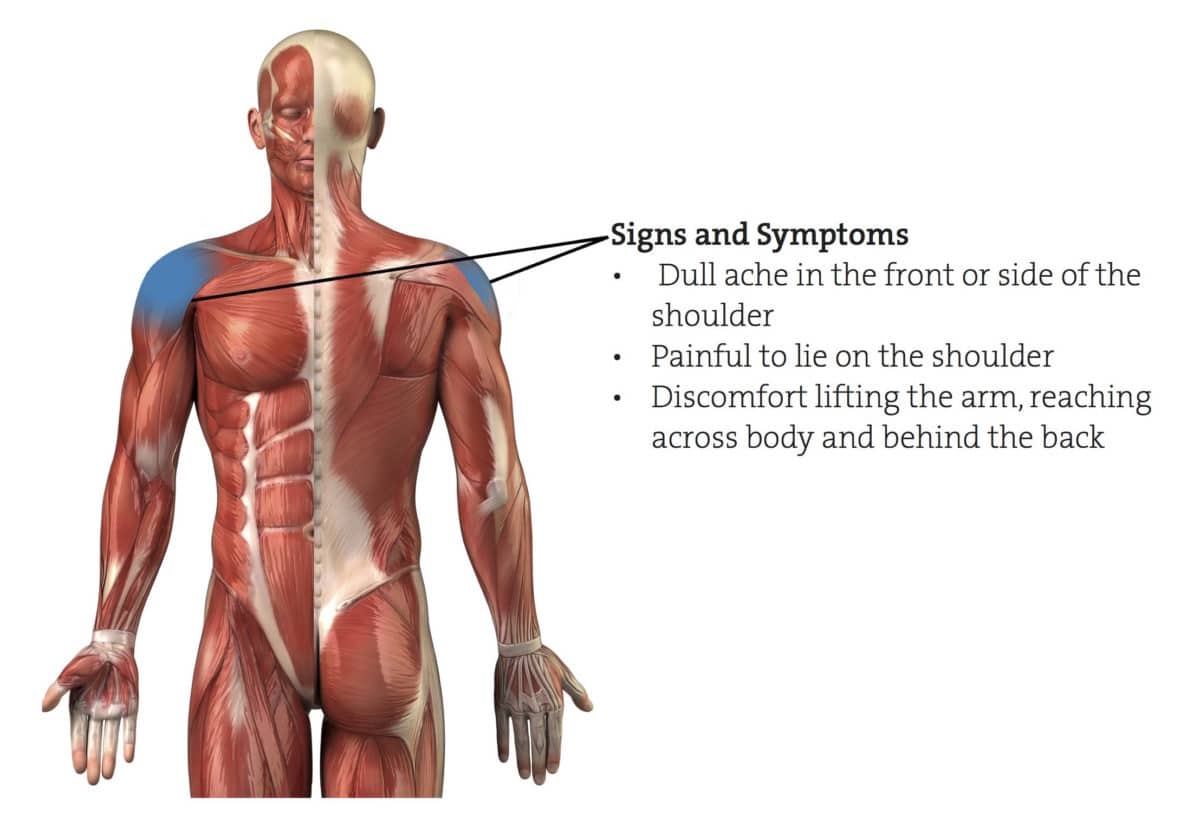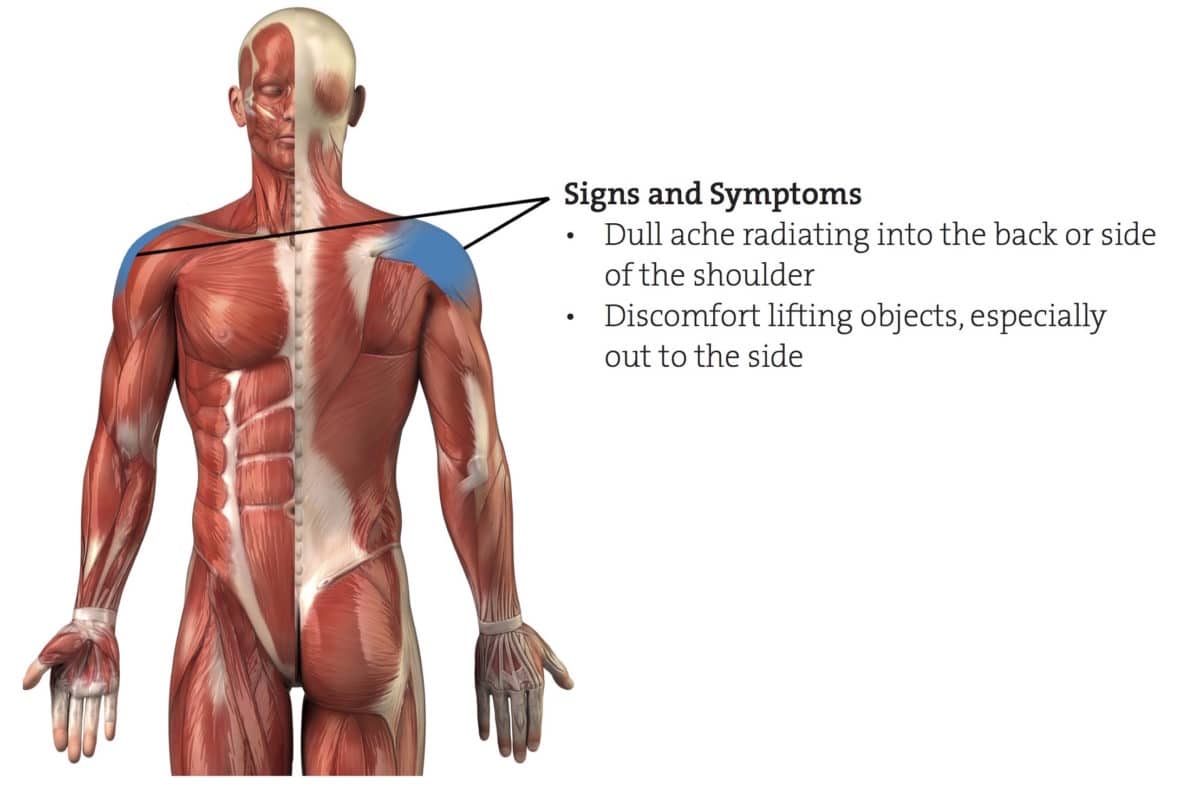Neck Pain Climbing
When you climb, you are constantly overworking the finger and wrist flexors in the front of your forearm by gripping. However, every time that you grip a hold, the muscles in the back of your forearm contract to stabilize the wrist. This constant activation of the muscles in the back of your forearm can lead to overuse and injury at the origin of the muscle on the outside of the elbow called the lateral epicondyle. You should be aware of suboptimal movements that can lead to injury. This includes gripping with an extended wrist, climbing with your elbows away from the wall and jamming wide cracks.
Lateral epicondylosis, a.k.a. tennis elbow, is not only caused by playing tennis. Climbing also stresses the extensor muscles in the back of your forearm and can aggravate the tendon over time.
Check out the video below for an exercise to help treat a rotator cuff strain injury.
Instructions
- Hold the FlexBar in your painful hand with your wrist extended back.
- Grasp the other end of the rubber bar with the non-painful hand.
- Twist the bar by flexing the non-painful wrist while holding the painful wrist in back in extension.
- Bring your arms in front of your body with your elbows straight
- maintaining the twist in the bar.
- Slowly untwist the bar by allowing the painful wrist to flex forward.
What It Does
This exercise targets the wrist extensors that insert into your lateral epicondyle with an eccentric exercise. Research has shown that eccentric exercises can strengthen the tendon and decrease pain.
Frequency
3 sets of 15 repetitions up to 3 times per day.
Self-Care Program
Interested in more exercises like this one? Want to learn how to determine the severity of your injury, choose a rehabilitation category, and start a self-care program to return back to climbing injury-free? Check out our rock rehab self-care protocol below:



